Barre Chords
E Shape Barre ChordsFollow the Chromatic Scale
We can take this same shape and ascend by one fret at a time, or half step increments. The pictures show how the E shape barre chord in the 2nd, 3rd, 4th, and 5th frets create the F#, G, G# and A major chords respectively. Click on the navigation controls to see the different photos.
Modifying the E Shape
Any way we modify an E chord, we can modify the E shape, and alter the barre chord accordingly. By leaving off the finger on the third string, we change the E major to an Em. We can apply this to the E shape barre chords. Sometimes we will call this the “Em shape”. Look at the images:
My Store
You can support this page by making your music purchases through this website. All purchases are directly through Amazon, through this website. You can make any and all of your Amazon searches and purchases here.


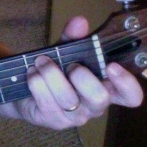
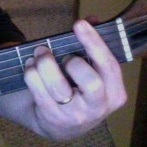
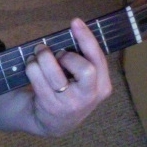
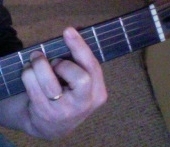
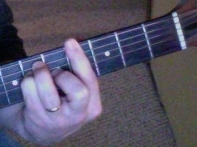
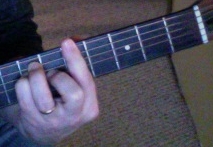

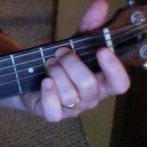
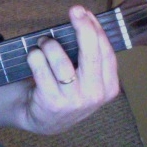
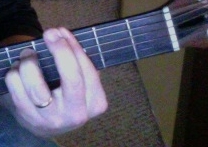
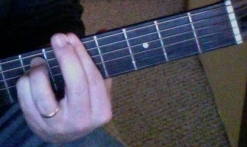
have been playing the leadguitar and the box for about 4months Now and pretty wholesome with my progress maybe a bit to my knowledge of the piano but still not satisfied because things have been pretty poor at times you have really explained how and what I know but couldnt apply thank you very much
Certainly! Glad to know this is helpful to you, Peter.
Images on this page are missing 🙂
Fixed. Thanks!